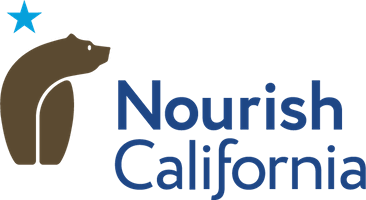Resources available for school-aged children.
Children of all ages can access grab and go school meals during COVID-19-related school closures. On March 13th Governor Newsom issued an Executive Order ensuring California school districts retain state funding even in the event of physical closure due to coronavirus. In order to be eligible for the funding, school districts must make meals available to students in non-congregate settings. On March 18th Trump signed H.R. 6201, the Families First Coronavirus Response Act into law. The act provided authority to USDA to issue waivers that allow for non-congregate meals in child nutrition programs. Under these waivers, schools and other participating sites have the ability to provide grab and go meals and home-delivered meals to eligible children. At some participating sites, free or reduced-price meals may be available to all children regardless of their income. For the most up-to-date information on participating site locations and site-specific eligibility rules, families should contact their local school or child care for availability in their area. The “CA Meals for Kids” mobile app is also available to help families find participating sites. You can learn more about additional policies now in place to support children impacted by COVID-19 related closures by visiting California Food Policy Advocates’ COVID-19 Response: Nutrition Program Flexibilities Tracker.
On March 18th Trump signed H.R. 6201, the Families First Coronavirus Response Act. The act establishes Pandemic EBT, which enables the state to help reduce hunger as schools close and more counties go to shelter in place. Once implemented, Pandemic EBT should offer the quickest and easiest way to get food to school-age students by providing funds on an EBT card for children who are eligible to receive free and reduced-price school lunch. On March 20th USDA issued guidance to states on the roll out of Pandemic EBT. The California Department of Social Services is working with the California Department of Education to request a waiver that will efficiently deliver benefits to all families who qualify. More to come.
CalFresh is California’s food stamps (SNAP) program. Individuals can apply and get up to $194 a month per household member on an EBT card. Some county offices have closed down for in-person appointments but continue to process CalFresh applications by phone and online. Families can apply for CalFresh online at www.getcalfresh.org and find the contact information for their local social service agency here. With many Californians losing hours, or even jobs there has been a signficant increase in the number of individuals and families seeking assistance through CalFresh, but county offices have procedures to help households get SNAP benefits as quickly as possible. In addition, CalFresh participants who received any CalFresh benefits in March can expect to see an increase in their April monthly benefits to reflect emergency CalFresh allotments. CalFresh recipients will not need to take any action in order to receive their emergency allotment. This benefit will be automatically loaded to their EBT account. You can learn more about the emergency allotment and additional policies now in place to support households impacted by coronavirus by visiting California Food Policy Advocates’ COVID-19 Response: Nutrition Program Flexibilities Tracker.
Questions?
Contact: Melissa Cannon at 209.200.8446 or visit www.cfpa.net/covid19






